Cash Value Collateral Loans – Policy Loan vs. Collateral Loans
What we’ve got here is a 40-year-old individual paying in $100,000 per year for 10 years and nothing thereafter. What we put in this model is the net growth rate specifically the annual internal rate of return and the average internal rate of return.
Remember how we mentioned business owners and real estate investors are really attracted to this this is what they look at real estate investors business owners people who are putting in large dollar amounts to these policies always bring this up.
What’s my net growth rate compared to my net cost to borrow? So 1st year I’m paying $100,000 I’ve got just about 90% of it which gives me a negative 10% internal rate of return I don’t care how you slice that I’ve got a negative hit right off.
The Biggest Drawbacks To Whole Life Insurance
The bat one of the biggest drawbacks to whole life insurance is this no matter how well we design it we typically have a negative hit right off the bat. Now we continue to max fund it each year by year 4 we see what’s highlighted in yellow the cash value $400,000 what this means is by year 4 you’ve paid in a total of $400,000 and you have $400,000 now we’ve got the 2 IRR columns.
The annual IRR represents the total cash value growth minus what you paid in just call it the net growth rate for that particular year. So from year 3 to year 4 it grew by just under 2.5% it’s a non-MEC [Modified Endowment Contract] we can count that as a tax-free growth rate as well but that’s the yearly growth rate. If we look at this the average internal rate of return is 0.01.
A Fixed Loan Interest Rate
Now here’s what I want to touch on interest rate in this particular example is 6% 6% cost to borrow goes where? To the insurance company this is a fixed loan interest rate so there’s the cost to borrow 6% there’s the loan interest there’s the interest
I’m paying out of pocket and then we apply $30,000 per year toward the principal balance but 6% cost to borrow that’s what it is it’s fixed so it’ll never change. What’s my net internal rate of return? If I look at the annualized internal rate of return it tops out at 5%.
Greater Dollar Amount
This is based on the company’s present dividend interest rate of 6% you may know who this company is now but that’s okay. So annualized IRR 5% cost to borrow 6% if I look at my average internal rate of return do I ever hit 6%? No I top out right around 4.6%.
I have a positive spread or negative spread? It’s negative when I look at it now again some people are okay with this because they view it hey I’m still earning an attractive rate in the policy on my entire cash value I’m only paying the 6% on the amount I take a loan out.
Therefore I’m technically still compounding a greater dollar amount than what I’m paying in loan interest but some look at it and say hey I’ve got a higher cost to borrow like it’s not for me what’s an alternative otherwise I’m not going to do it so let’s look at an alternative here.
Collateral Loan Workbook
Same policy here we’ve got the funding for 10 years on the left and then we’ve got our cash value collateral loan workbook so what I want to do first here is just plug in the loan to value because it’s typically 95% so what we’ve got here should be pretty easy to follow is just 95% of whatever.
The total cash value is. So for example year 10 you’ve got $1,181,000 in cash value 95% of that is the $1,122,000. So as we look at this guy make this a click bigger there we go if you want to now leverage the policy what did we take out in the last model?
It was year 5 a $300,000 loan so if we wanna do that let’s plug in a $300,000 loan in year 5 and there we go. So what this does we’ve got a cost to borrow over here 3% this would go to the bank in this particular case so if I just pay interest only I have this $9,000 annual interest expense however let’s take a look at this under our loan repayment let’s assume.
The Principal Payments
The next year let’s assume 1 year actually we don’t make any principal payments and then begin to repay it at $30,000 per year toward the principal so with this model just how I’m building it out we’re paying more than $30,000 net out of pocket because we are covering the interest payment and then $30,000 on top of it.
The column on the far right net interest what this represents is your total interest payments I found a lot of people appreciate seeing this I do myself because sometimes it can be difficult to calculate when I’ve got all these numbers and columns.
If we just lay it out there it makes it easier so for example interest payment here the year I take that $300,000 loan $9,000 that goes to the bank so we have the net interest payments over here of $9,000 over 1 year that’s the total amount of interest I’ve paid to the bank.
The Total Interest Payments
Now in the 2nd year I make a $30,000 principal payment $8,100 in loan interest that $8,100 is 3% of the $270,000 now we’ve got the net interest over here $17,100 that combines the total interest payments I’ve made over all years in this case the 1st and 2nd year.
As we continue to pay it back there we go I have paid a total of $49,500 in interest to the bank with real estate investors that we work with this is the kind of stuff we like to walk them through or go through this model I send this workbook we all do when I say we all do our agents will send.
The Annual IRR Average IRR
It if you’re working with us we’ll send it to you no problem but we like to see what will the actual cost be. It’s a very simple workbook to use so if you have it you can easily just plug in numbers just to get an estimate of what your costs will be it’s neat to see the stuff in advance rather than just hoping things will work out you know what I mean.
So here we go with the net cost to borrow 3% this is good and then do the same thing over here what’s my annual IRR and my average IRR? Annually by year 5 based on the company’s present dividend rate and the design of this policy I’m earning more than what I’m paying in loan interest assuming the variable rate does not go up

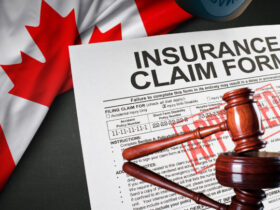
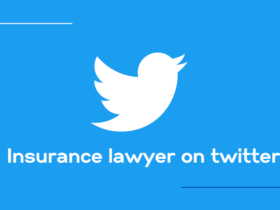
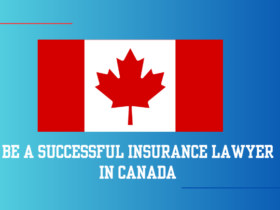
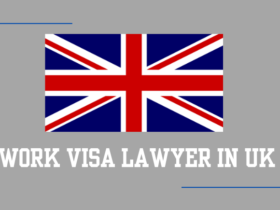

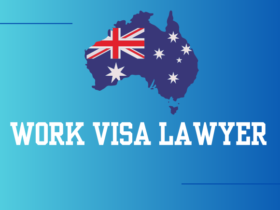
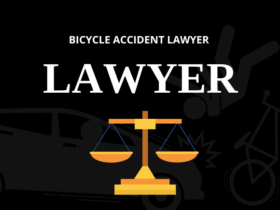
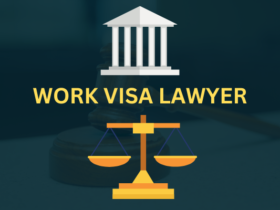



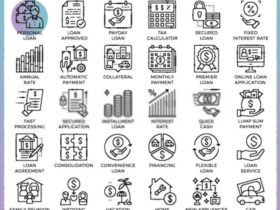



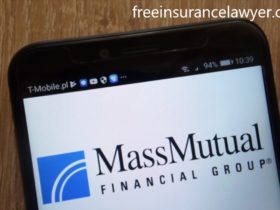
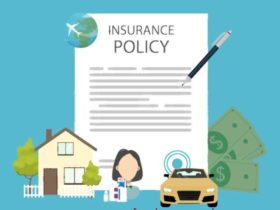
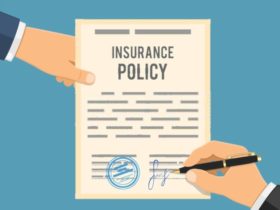





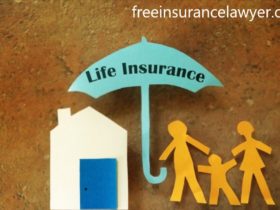
Leave a Reply